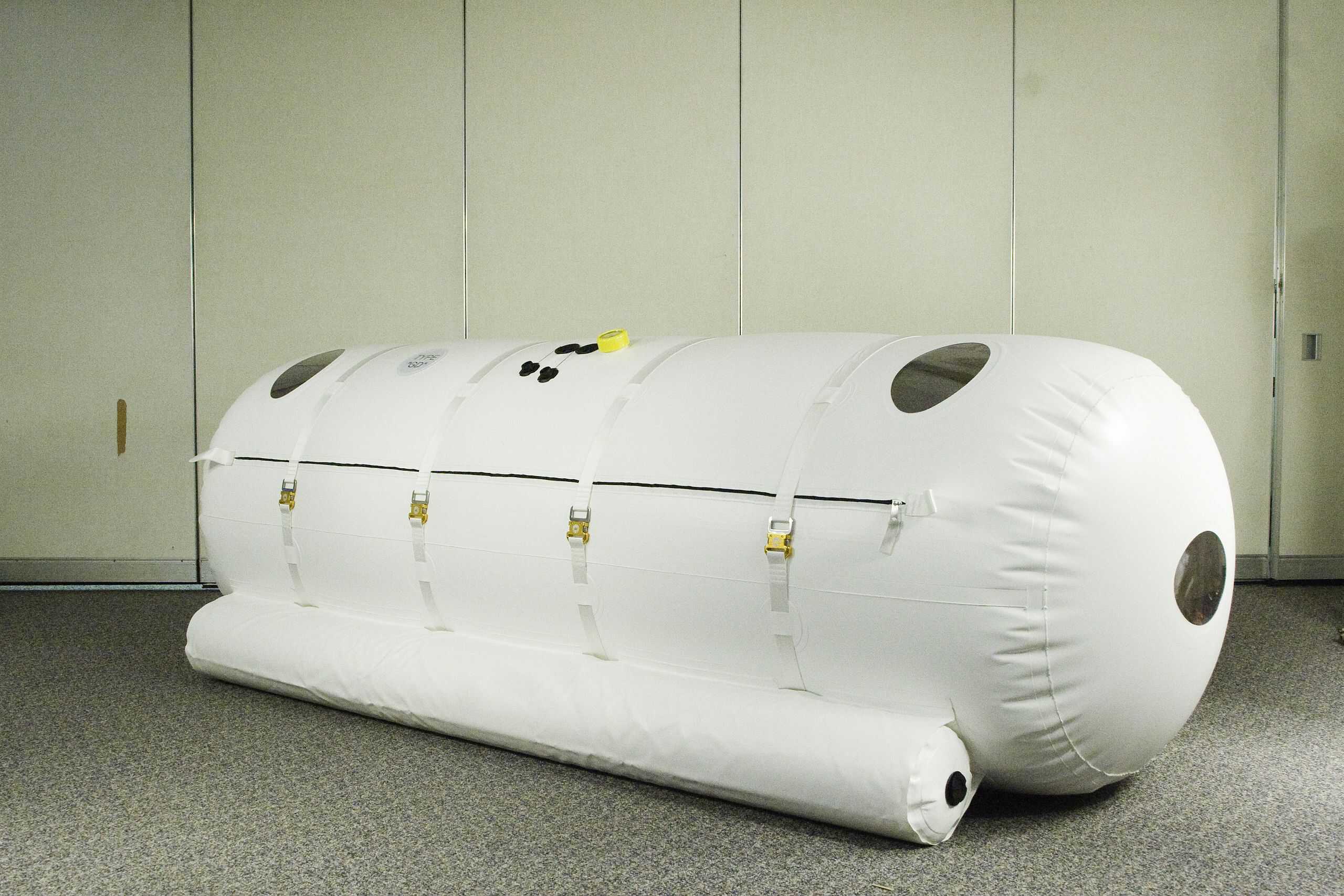Enhancing the Durability of Your Products With Hot Melt Coating Method
Coating, Flexible Storage Tanks, Production, coated textile sourcingJul 15, 2024
Technical textiles are produced by combining a Polyester, Polyamide, Kevlar or others base fabric with specialized coatings thermoplastic polymer such as Vinyl, TPU, Polypropylene, and alloys. This results in a composite material with new properties, which neither of the materials can achieve on its own. This has led to the development of various coating methods, one of them being hot melt coating, used in the production of technical textiles. In this article, we take a look at the different types of coating techniques and showcase Erez’s method of choice, along with its advantages.
Textiles Coating Methods
Hot Melt Coating
Hot melt coating refers to the application of a polymer layer to the base fabric by melting, extrusion, and calendaring the coating material. Through this process, the material flows into the gap between two rolls, and mechanically bonds the melted film on the fabric in the desired layer thickness. Finally, the fabric is cooled to solidify the coating. This process is Erez’s coating method of choice due to its many advantages, as outlined in the section below.
Extrusion Coating
Extrusion coating uses an extruder only as the method to melt the coating material and spread it through a slot-shaped die onto the base fabric.
Lamination
In lamination, multiple pre-formed layers of different materials are combined into a multi-layered composite. The layers are permanently combined together through either heat, pressure, adhesives, or a combination of these methods
Spread Coating
In spread coating, the base fabric is coated with a solvent/plasticizers and polymer mixture, followed by a drying process to evaporate the solvent, resulting in thin coating layers. The process takes its name after the coating spreading knife used to evenly spread the coating layer onto the fabric.
Advantages of Hot Melt Coating
At Erez, we utilize hot melt coating as the best bonding method for our technical textiles production. It offers a strong bond between base fabric and coating layer, that is practically impossible to separate. This means that the end products manufactured with this method:
- Exhibit high durability
- Do not peel or flake off
- Strong welded connections that do not separate
Moreover, additional advantages of the hot melt coating technique include:
- Achieving full textile coverage, resulting in watertight and airtight coated textiles suitable for air and liquids (e.g. for use in the construction of RIB inflatable boats, flexitanks, etc.)
- Hot melt coating method can provide coated textiles in a variety of different coating thickness ranges
- HM coating can be used for applying multiple coating layers.
Discover unique products & solutions that will set you apart from your competitors. Contact Erez today for a free consultation from a technical textiles industry specialist.
Share this Post



